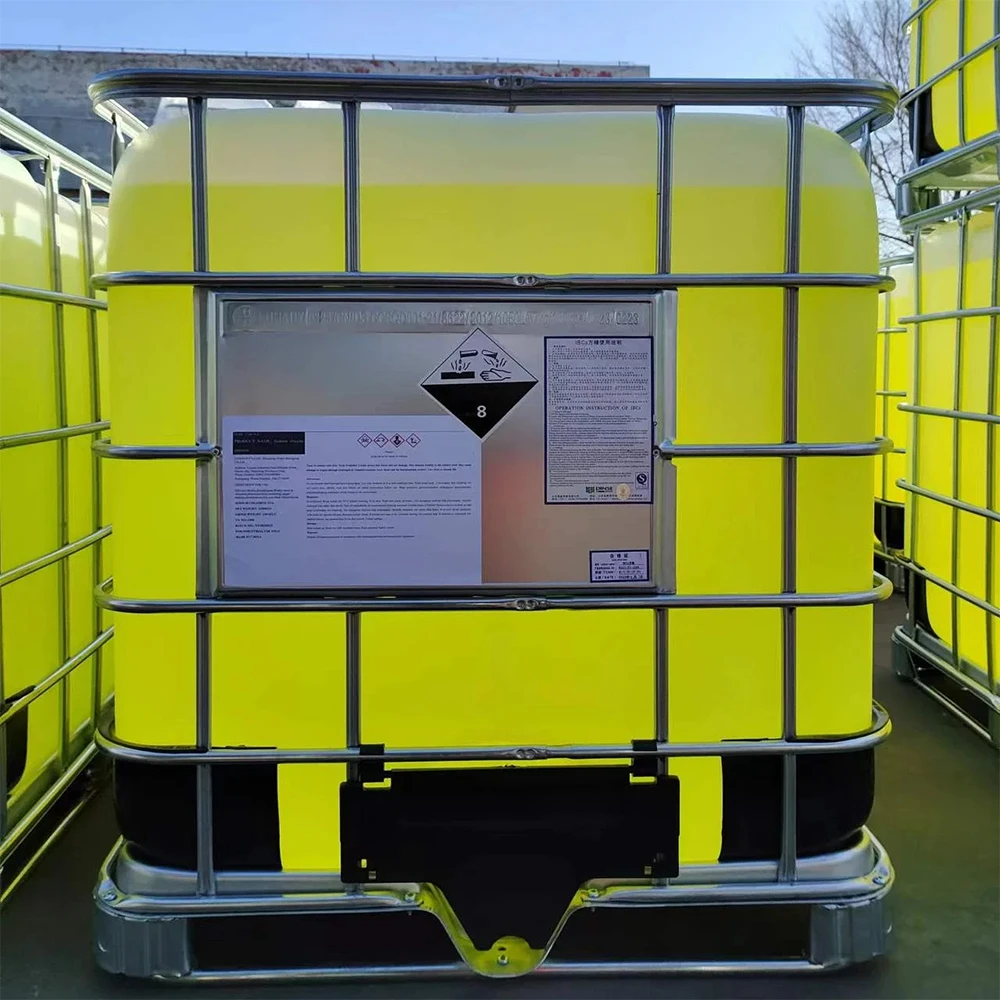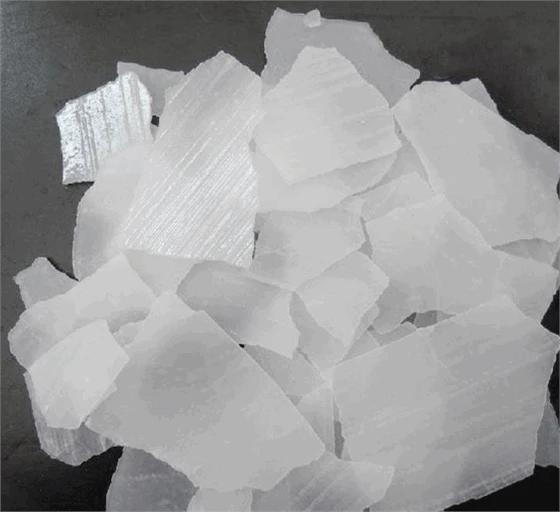



Ferric chloride &Ferric Chloride Liquid 40%
Jan . 20, 2025 14:51
Back to list
Ferric chloride &Ferric Chloride Liquid 40%
Ensuring safe and clean water is a fundamental requirement for health and well-being, and understanding the chemical disinfection process is an essential aspect of achieving this. Throughout the history of water treatment, various chemicals have been employed, characterized by their effectiveness and their unique properties. One of the most tried and true substances used for the disinfection of water is chlorine, but alternatives such as chloramine, ozone, and ultraviolet (UV) treatment are gaining recognition for their distinct advantages.
Ozone also emerges as a potent disinfectant, celebrated for its ability to virtually eliminate all classes of pathogens without leaving a chemical residue. Derived from oxygen, ozone is highly effective against Cryptosporidium and Giardia, which are typically resistant to chlorine. However, the lack of residual effect means ozonated water can be vulnerable to recontamination, necessitating precise management and monitoring. Ozone treatment also typically requires advanced equipment and power, making it a higher-cost alternative suitable for specific scenarios where these investments are justified. Meanwhile, UV treatment provides a non-chemical disinfection method that leverages ultraviolet light to dismantle the DNA of microorganisms, effectively preventing them from reproducing and causing infection. UV systems are lauded for their rapid action and effectiveness against chlorine-resistant pathogens. However, as with ozone, UV treatment doesn’t offer residual protection, which could be a drawback in extensive or complex water distribution networks. UV systems must be paired with filtration to address turbid water, as particles can shield microorganisms from UV exposure, diminishing its effectiveness. Each of these chemical and non-chemical methods presents distinct benefits and challenges, demanding careful consideration of factors like infrastructure, water characteristics, public health priorities, and regulatory standards. The choice of disinfectant must align with these elements to ensure the provision of safe, palatable, and reliable water. For anyone considering the integration of these disinfection technologies, consultation with water treatment experts and reaching out to municipal water authorities can provide tailored guidance. Knowledgeable decision-making, grounded in technical expertise and an understanding of unique local needs, reinforces trustworthiness and ensures public health remains safeguarded. By leveraging these chemical solutions and their alternatives, communities worldwide continue to advance in providing clean, safe, and secure water supplies.


Ozone also emerges as a potent disinfectant, celebrated for its ability to virtually eliminate all classes of pathogens without leaving a chemical residue. Derived from oxygen, ozone is highly effective against Cryptosporidium and Giardia, which are typically resistant to chlorine. However, the lack of residual effect means ozonated water can be vulnerable to recontamination, necessitating precise management and monitoring. Ozone treatment also typically requires advanced equipment and power, making it a higher-cost alternative suitable for specific scenarios where these investments are justified. Meanwhile, UV treatment provides a non-chemical disinfection method that leverages ultraviolet light to dismantle the DNA of microorganisms, effectively preventing them from reproducing and causing infection. UV systems are lauded for their rapid action and effectiveness against chlorine-resistant pathogens. However, as with ozone, UV treatment doesn’t offer residual protection, which could be a drawback in extensive or complex water distribution networks. UV systems must be paired with filtration to address turbid water, as particles can shield microorganisms from UV exposure, diminishing its effectiveness. Each of these chemical and non-chemical methods presents distinct benefits and challenges, demanding careful consideration of factors like infrastructure, water characteristics, public health priorities, and regulatory standards. The choice of disinfectant must align with these elements to ensure the provision of safe, palatable, and reliable water. For anyone considering the integration of these disinfection technologies, consultation with water treatment experts and reaching out to municipal water authorities can provide tailored guidance. Knowledgeable decision-making, grounded in technical expertise and an understanding of unique local needs, reinforces trustworthiness and ensures public health remains safeguarded. By leveraging these chemical solutions and their alternatives, communities worldwide continue to advance in providing clean, safe, and secure water supplies.
Next:
Latest news
-
Why Sodium Persulfate Is Everywhere NowNewsJul.07,2025
-
Why Polyacrylamide Is in High DemandNewsJul.07,2025
-
Understanding Paint Chemicals and Their ApplicationsNewsJul.07,2025
-
Smart Use Of Mining ChemicalsNewsJul.07,2025
-
Practical Uses of Potassium MonopersulfateNewsJul.07,2025
-
Agrochemicals In Real FarmingNewsJul.07,2025
-
Sodium Chlorite Hot UsesNewsJul.01,2025










